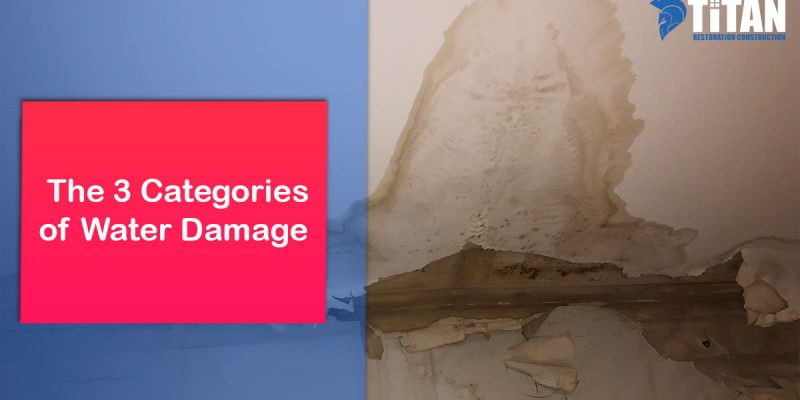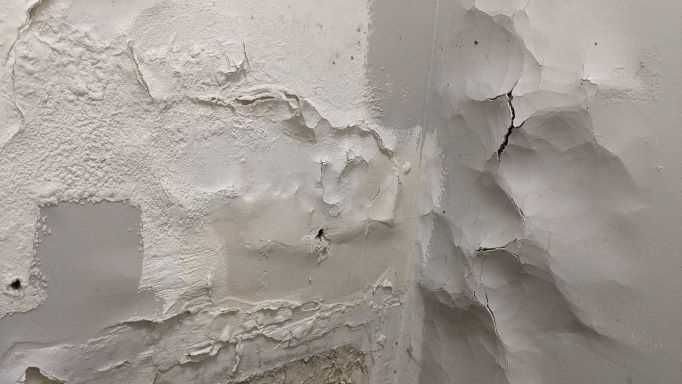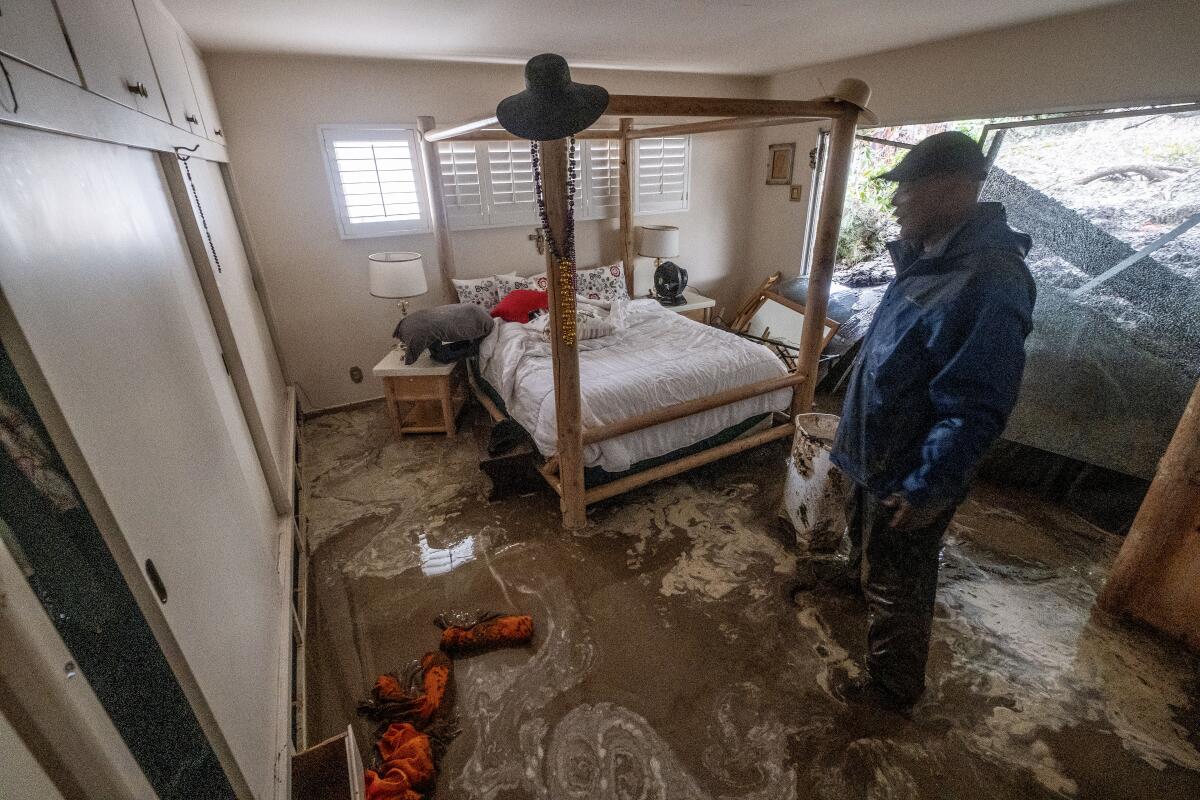Cost-Effective Damage Restoration Services to Handle Severe Water Issues
The Process of Water Damages Cleanup: Ensuring Your Home Is Recovered Properly
Water damages can be a difficult obstacle for homeowners, requiring a meticulous and organized cleaning process to recover safety and security and functionality. A thorough evaluation is essential to recognize the degree of the damages and determine the suitable removal steps. Following this, reliable water removal techniques play a critical role in mitigating more injury. The nuances of drying, sanitizing, and eventual remediation are just as vital and frequently ignored. Comprehending these phases can make a substantial distinction in the end result of your home's restoration, prompting a closer consider what each action involves.
Evaluating the Damage
Upon finding water damages, the very first step is to completely evaluate the degree of the impact. This initial analysis is critical, as it aids figure out the essential actions for efficient cleaning and remediation. Begin by checking the affected areas, including walls, ceilings, floorings, and personal possessions, to determine the source of the water intrusion, whether from flooding, leakages, or condensation.
Recording the damage is important for both insurance policy cases and preparing reconstruction initiatives - damage restoration services. Usage photos and created notes to catch the extent of the damages, keeping in mind any afflicted architectural components and materials. Pay special focus to locations that may not be promptly noticeable, such as behind wall surfaces and under carpets, as concealed dampness can lead to additional issues, consisting of mold and mildew development
Furthermore, evaluate the timeline of the water direct exposure. Ultimately, a thorough assessment lays the groundwork for a successful water damages cleanup procedure, making certain that all affected locations are dealt with successfully and thoroughly.
Water Extraction Techniques

Experts generally employ submersible pumps for bigger volumes of water, which can rapidly relieve flooding in cellars or various other influenced areas. For smaller sized amounts, wet/dry vacuum cleaners are frequently made use of to remove recurring dampness from rugs and difficult surfaces. Additionally, utilizing portable extractors permits targeted elimination in confined rooms or areas with delicate materials.
In instances of contaminated water, such as sewer or floodwater, progressed removal techniques might entail making use of biohazard tools to ensure security and compliance with health policies. High-powered extraction tools are important in lessening water retention in architectural materials, which can result in mold growth and architectural wear and tear if not addressed promptly.
Inevitably, the performance of water removal strategies plays a pivotal duty in the total success of the water damage cleanup procedure, preparing for succeeding reconstruction initiatives.
Drying and Dehumidification
When standing water has been effectively removed, the following essential stage in the water damage cleaning procedure is drying and dehumidification. This step is vital to stop additional damage and mold and mildew growth, which can occur within 24 to 2 days in moist environments.
To attain efficient drying out, specific equipment such as industrial-grade air moving companies and dehumidifiers is utilized. Air movers distribute air across damp surfaces, boosting evaporation rates, while dehumidifiers minimize humidity levels airborne, advertising a helpful atmosphere for drying out. The mix of these devices ensures that moisture is extracted from furnishings, walls, and floors, enabling them to dry thoroughly.
It is essential to keep an eye on the drying out process carefully. Experts frequently make use of wetness meters to examine the dampness web content in numerous materials, making sure that all influenced areas get to appropriate dryness levels. website here This careful approach helps to stop hidden wetness pockets that can lead to structural damage or harmful mold and mildew growth.

Cleaning and Sterilizing
After the drying and dehumidification phase is total, the following essential action in water damages cleaning is cleaning and sanitizing the affected areas. This process is essential to avoid the growth of mold, germs, and other pathogens that flourish in moist atmospheres.
The cleansing phase normally entails getting rid of any kind of particles, dust, and contaminants from surfaces using specialized cleaning representatives. For hard surfaces, a combination of soap and water or business cleansing items is usually used. Soft products, such as furniture and rugs, might need much more comprehensive cleaning methods, consisting of vapor cleansing or deep extraction strategies, to guarantee detailed sanitation.

Sterilizing follows cleaning, utilizing EPA-approved disinfectants to remove unsafe microorganisms. This action is necessary, specifically in locations that may have entered into contact with floodwaters or sewer, as these sources can pose severe health threats.
Furthermore, it is necessary to resolve any kind of remaining smells, which may require using odor neutralizers or innovative methods like ozone therapy. Appropriate cleaning and sterilizing why not try here not just restore the safety and security and hygiene of your home however additionally prepared for effective remediation and fixings in subsequent stages of the water damages cleanup process.
Reconstruction and Repairs

Once the assessment is complete, remediation efforts can start. In addition, floor covering might require comparable focus, depending on the degree of water exposure.
It is vital to involve experienced remediation specialists throughout this process, as they possess the proficiency to manage intricate repairs efficiently. They can assist alleviate possible future problems, such as mold and mildew development or structural instability, hence making certain a habitable and safe living atmosphere. Ultimately, reliable remediation and repairs bring back the home's integrity and improve its overall value.
Verdict
To conclude, the procedure of water damage clean-up is vital for restoring a home to its pre-damage condition. Each stage, from examining the damages to executing reliable water extraction strategies, followed by detailed drying, sanitizing, and required repairs, plays a crucial role in making certain safety and conformity with structure standards. Efficient implementation of these steps not only minimizes immediate damages but likewise boosts the long-lasting honesty and worth of the building.
Water damage can be an overwhelming difficulty for home owners, demanding a careful and organized cleanup procedure to moisture damage in homes restore safety and performance. Eventually, a detailed evaluation lays the foundation for a successful water damage cleanup procedure, ensuring that all influenced locations are attended to efficiently and thoroughly.
Effective water removal strategies are essential in minimizing damages and avoiding further complications following a water breach event.In verdict, the procedure of water damage cleaning is important for bring back a home to its pre-damage condition. Each stage, from evaluating the damages to carrying out effective water removal methods, followed by detailed drying, sanitizing, and essential repair work, plays an important duty in making sure safety and conformity with building criteria.